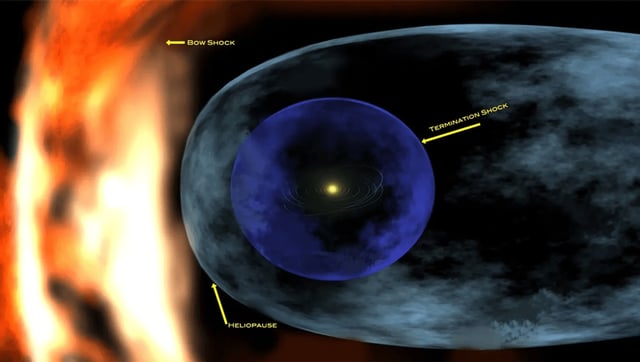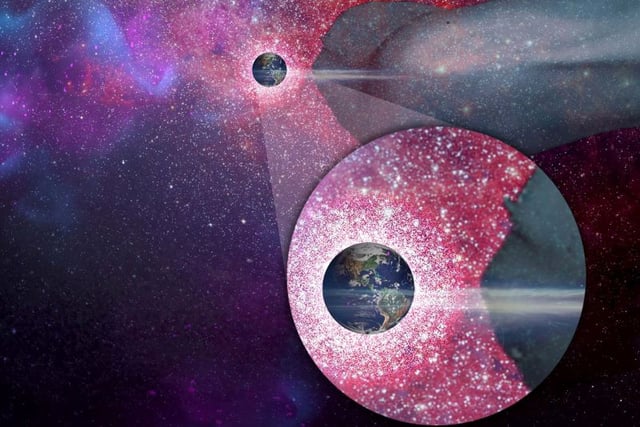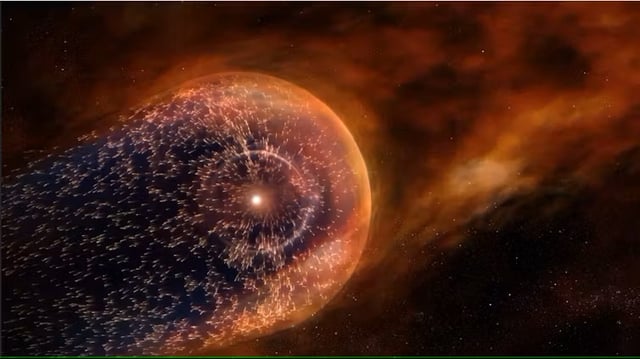Overview
- Scientists propose that a cold hydrogen cloud collided with our solar system, shrinking the heliosphere.
- This compression exposed Earth to cosmic radiation, potentially affecting climate and contributing to an ice age.
- Increased levels of heavy isotopes found in geological records support this theory.
- The study used computer models to trace the solar system's path through the Milky Way.
- Future research aims to explore past and future encounters with interstellar clouds.


